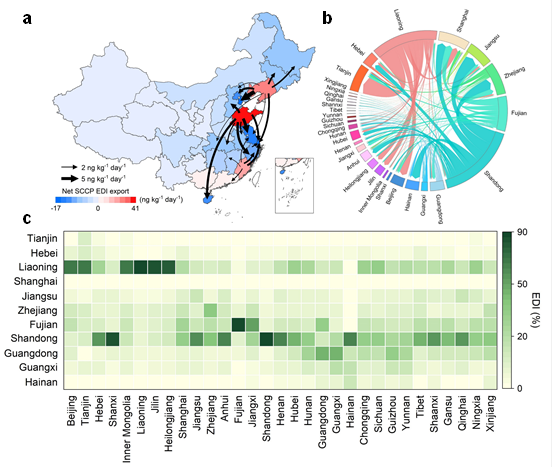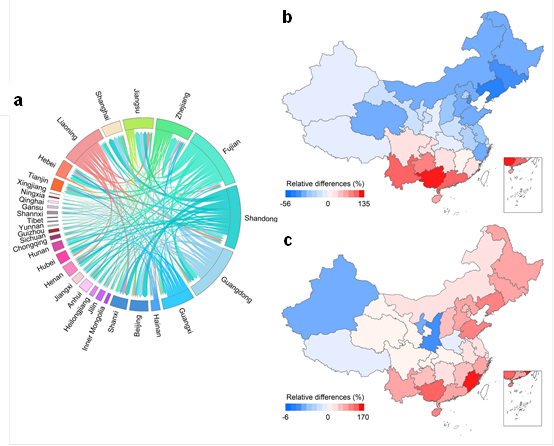Food safety not only directly impacts consumers' health but also serves as a crucial foundation for social and economic stability. Identifying, preventing, controlling, and reducing toxic chemical hazards from food production to consumption, minimizing food risks, and tracing hazard sources and food flow are common goals of the Chinese government and the food industry. However, the rapid development of trade and logistics has increased the difficulty of food safety supervision. Traditional detection and analysis methods are labor-intensive and costly, making it challenging to quickly and accurately determine the extent of food contamination and identify hazard sources.
To address the challenges of food safety supervision, the Environmental Pollution Simulation Research Group at the Gansu Provincial Key Laboratory for Environmental Pollution Warning and Control has proposed a new numerical simulation-based method for tracing the sources of toxic chemical pollution in trade and logistics food and human exposure risks. Using major economic marine products in China as examples, the study employed coupled analyses of multiple models to trace the sources of short-chain chlorinated paraffins (SCCPs) pollution in seafood and revealed the impact of interprovincial seafood trade on residents' health in China (excluding Hong Kong, Macau, and Taiwan).
The study results showed that approximately 70.3% of SCCPs exposure risk among Chinese residents is caused by interprovincial seafood trade (Figure 1). To reduce residents' SCCPs exposure risk, the research team established an optimization model to optimize interprovincial seafood trade routes. Under the premise of balancing trade costs and health risks, the optimized trade routes reduced the average SCCPs exposure from seafood consumption by over 12% among Chinese residents (Figure 2). This optimization strategy effectively reduces health risks and is economically feasible.

Figure 1. Identification of SCCPs Exposure Sources in Seafood Consumption among Chinese Residents.a. Transfer of implicit SCCPs exposure in interprovincial marine fish trade, with the base map color indicating net outflow (positive) and net inflow (negative), and the arrows representing transfer volume and direction;b. Transmission channels of implicit SCCPs exposure in interprovincial seafood trade;c. Transfer matrix of implicit SCCPs exposure in interprovincial seafood trade. Data for Hong Kong, Macau, and Taiwan are not included in this study.

Figure 2. Optimization of Interprovincial Seafood Trade in China Considering Transport Costs and Dietary Health Risks.a. Optimized interprovincial seafood trade routes;b. Relative differences in SCCPs exposure among residents before and after optimizing seafood trade routes;c. Relative differences in unit trade transportation costs for seafood consumption before and after route optimization. Data for Hong Kong, Macau, and Taiwan are not included in this study.
This study not only reveals the significant impact of food trade and logistics on human exposure to toxic chemicals but also provides scientific references for formulating effective food safety policies, ensuring residents' food safety, and promoting dietary health. Through numerical simulation methods, it is possible to efficiently and accurately assess the risk of toxic chemicals in food in a short period and propose scientific optimization strategies. This method can be applied to other types of food safety research, offering new ideas and methods for food safety management.
The research findings were recently published under the title "Tracking and optimizing toxic chemical exposure pathways through food trade: a case study in SCCPs contaminated seafood in China" in the international journal PNAS Nexus. The first author of the paper is Song Shijie, a doctoral student from our institute (Class of 2020), and the corresponding author is Professor Huang Tao. The study was supported by the National Natural Science Foundation of China (Grant Nos. 41877507, 42107404, and 42177351).
Link to paper: https://doi.org/10.1093/pnasnexus/pgae205